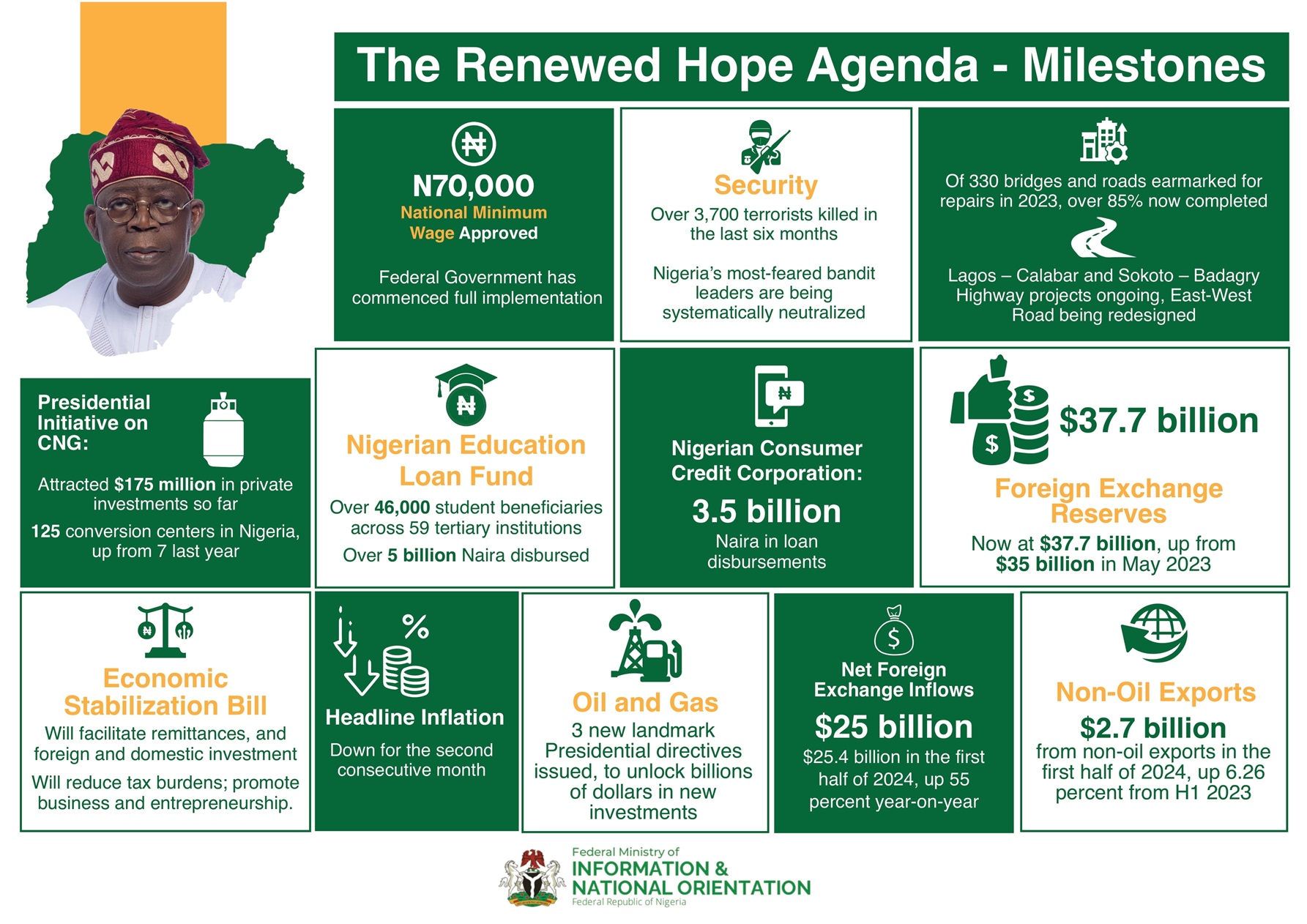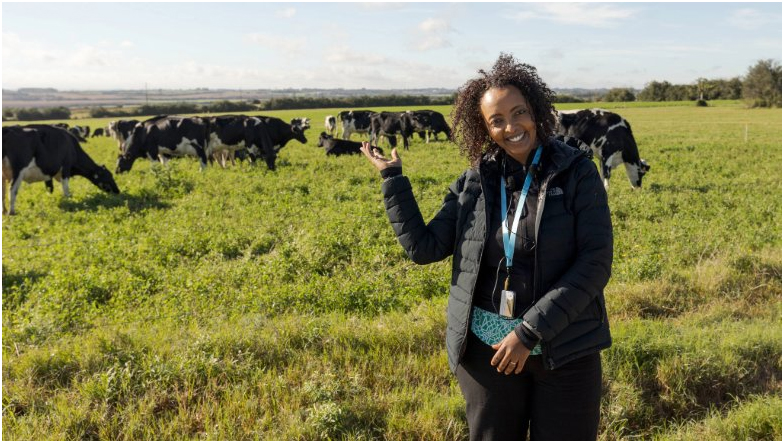With 70.3 million cattle, 95.4 million sheep and goats, and 8.1 million camels, Ethiopia leads Africa in livestock numbers. The country blends mixed farming in the highlands with extensive livestock farming in the lowlands, where animals graze over vast areas with minimal human intervention. However, both systems face climate risks such as droughts and floods and struggle with low productivity due to diseases and poor practices.
Sixty percent of Ethiopia’s territory is lowland, home to 18 million pastoralists who rely on extensive rangeland livestock systems. Forty-four percent of the livestock are in these systems, while the rest are in the highlands. Livestock contributes 19% of the country’s GDP and up to 45% of the agricultural GDP. Despite this, the economic impact of the livestock sector has not yet reached its potential.
To improve productivity and living conditions, the World Bank financed several projects aimed at small farmers and pastoralists. One of such projects is the ongoing Lowlands Livelihood Resilience Project (LLRP). LLRP has been under implementation since 2019 in most districts of the lowlands and will come to end in October 2025. Given the success of the LLRP, the Ethiopian government requested a second phase, focusing on pasture management, climate-resilient livelihoods, and livestock health. Among others, the new project introduces two innovations: the “One Health” approach and the Livestock Identification and Traceability System, both designed to prevent and respond to health threats through the interaction between humans, animals, and the environment, and to facilitate exports.
This is where Uruguay comes into the picture.
Uruguay, one of the world’s most competitive livestock producers, has a cattle traceability system that began in response to the foot-and-mouth disease health emergency in 2001. Today, this system allows Uruguayan meat to access premium global markets. Supported by the World Bank, the system also includes pasture monitoring to ensure sustainability.
What began as an immediate health response to an outbreak has evolved into a national pride and a solution to more complex challenges, benefiting the country and creating solutions that can be replicated globally. In fact, dozens of countries each year want to see firsthand how this South American country achieved such success.
Knowledge Sharing at its Best
From June 17 to 20, an Ethiopian delegation, including key policymakers from the Ministry of Irrigation and Lowlands, project coordinators, agriculture and livestock experts, and World Bank staff, traveled to Uruguay to interact and exchange knowledge with their Uruguayan counterparts. Their main objectives were:
- To enhance Ethiopian policymakers’ understanding of strategies for sustainable livestock, pasture management, and One Health approach.
- To equip technical staff with skills based on Uruguay’s success in implementing sustainable and climate-smart livestock practices, including Livestock Identification and Traceability .
“The future cannot be uncertain if you shape it yourself.” With this message, the research team from Uruguay’s National Institute of Agricultural Research (INIA) began their presentation to the visitors, who listened intently. Topics covered included crop rotation, pasture management, methane emissions, genetics, production improvement, and agricultural technology.
The visit featured presentations on Uruguay’s traceability system, the National Livestock Information System (SNIG), Uruguay’s main economic activities and exports, and the history of the country’s livestock sector. Field visits included INIA La Estanzuela Experimental Station to learn about livestock finishing systems, greenhouse gas emission trials, pasture management, and animal health research. The delegation also visited a dairy farm and a livestock farm to see Uruguay’s traceability system in action.
The Uruguayan institutions that made this study tour possible were INIA (National Institute of Agricultural Research), the Ministry of Livestock, Agriculture, and Fisheries (MGAP), INAC (National Meat Institute), Uruguay XXI (Investment, Export, and Country Brand Promotion Agency), Hereford Uruguay, and CONAPROLE (National Cooperative of Milk Producers).
The delegation was welcomed by several authorities, including Fernando Mattos, Minister of Livestock, Agriculture, and Fisheries (MGAP), and José Bonica, President of the National Institute of Agricultural Research (INIA).
“We are very grateful and will keep in touch with all of you for future collaborations,” said Endrias Geta Beldeda (PhD), the Ethiopian state minister, at the conclusion of the visit.
By learning from Uruguay’s experience, Ethiopia hopes to improve its livestock sector, making it more productive, sustainable, and resilient to climate change.


